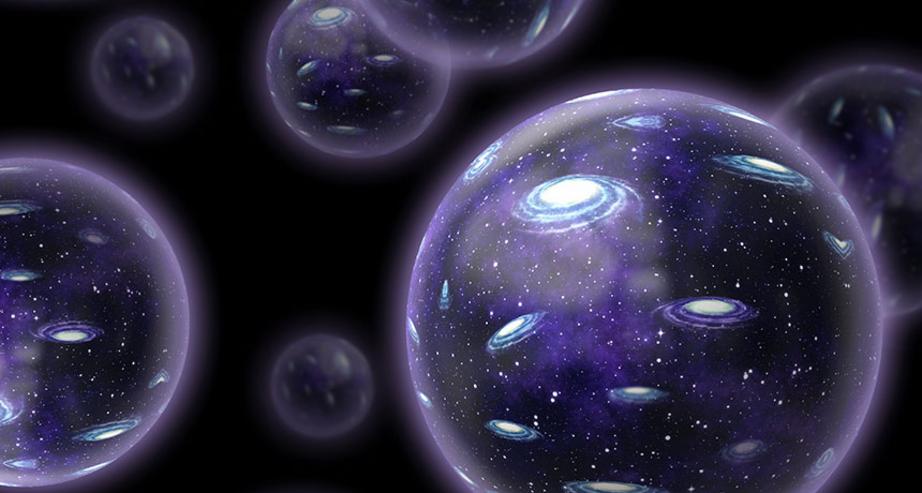Universes with no weak force might still have stars and life
MANY WORLDS Alternate universes with different laws of physics could still host galaxies, stars and planets, a new study suggests.
Not all fundamental forces are created equal. An alternate universe that lacks the weak nuclear force — one of the four fundamental forces that govern all matter in our universe — could still form galaxies, stars, planets and perhaps life, according to calculations published online January 18 at arXiv.org.
Scientists have long thought that our universe wouldn’t exist, or at least wouldn’t support life, without certain physical laws. For instance, if gravity were much stronger than it is, most matter would collapse into black holes; if it were weaker, the universe wouldn’t form structures such as galaxies or planets. The strong nuclear force holds atomic nuclei together, and the electromagnetic force carries light across the universe.
“Those three forces, gravity, strong and electromagnetic, are part of the deal,” says theoretical physicist Fred Adams of the University of Michigan in Ann Arbor. But the weak nuclear force — responsible for making neutrons decay into protons, electrons and neutrinos — might not be so essential (SN: 4/29/17, p. 22). “That’s the only one you can get rid of entirely without messing everything up,” he says.
A previous study had argued that a universe lacking the weak force could exist. Some physicists think our universe is just one in an infinite multiverse, where many different cosmoses exist side-by-side, possibly governed by different physical rules. We live in this one simply because we couldn’t live anywhere else (SN Online: 10/10/14), some scientists say.
“People talk about universes like they’re very fine-tuned; if you changed things just a little bit, life would die,” Adams says. But “the universe and stars have a lot more pathways to success.”
In the new research, he and his colleagues simulated how matter was created in the Big Bang and then condensed into stars, but without the effects of the weak nuclear force. In our universe, one consequence of neutron decay is that most of the universe is made of hydrogen, which consists of a single proton and electron. Stars, in their hot cores, fuse protons into helium and heavier elements and then scatter them into space, helping to create everything from planets to physicists. But with no weak force, a universe would be filled with neutrons that didn’t decay — a dead end for building heavier elements.
The only way such a universe could create complex matter would be to have started out with fewer neutrons and more free protons than our universe did. That way, neutrons and protons could link up and make deuterium, also called heavy hydrogen. So Adams and his colleagues tweaked the simulated universe’s initial neutron and proton content, too.
Stars fueled with deuterium would still shine, the simulations showed, but the objects would look different. Burning deuterium is more efficient than burning hydrogen, so these stars would be a little hotter, larger and redder than our stars. But the stars could still create all the elements of the periodic table up to iron, and stellar winds could carry those elements out into space.
Any planets that formed would have water made with deuterium instead of hydrogen, which is toxic to life in our universe. “But if life had to evolve with deuterated water … it might be OK,” Adams says.
Adams and his colleagues are some of the first to explore the consequences of a “weakless” universe seriously by tweaking the numbers, says Martin Rees of the University of Cambridge, who was not involved in either study.
The paper does not help figure out if the multiverse is real, though. “We hope that eventually we’ll know,” Rees says, but “I’m not holding my breath.”

